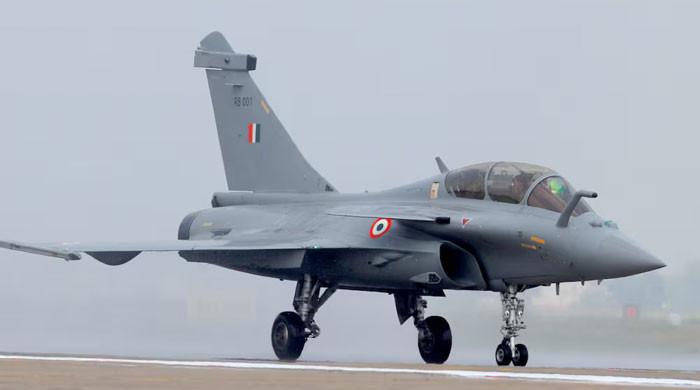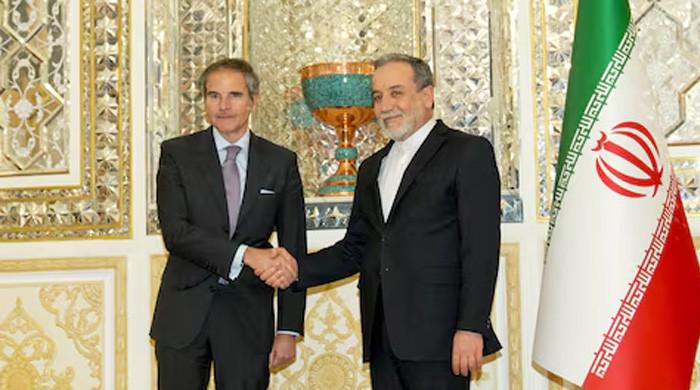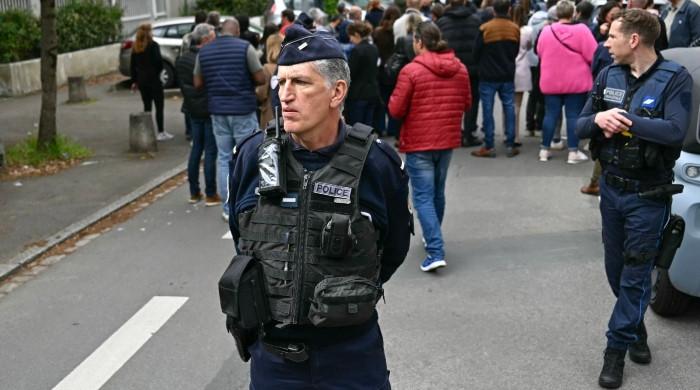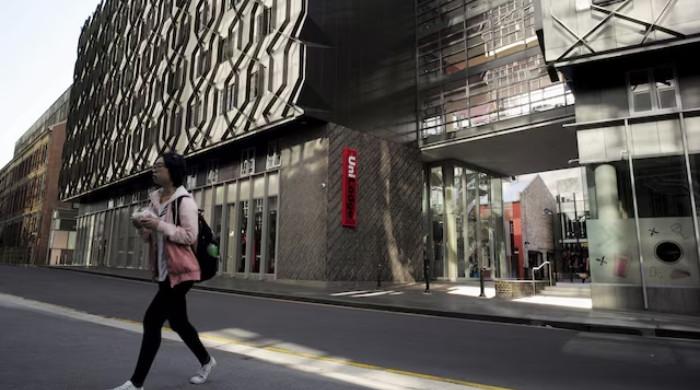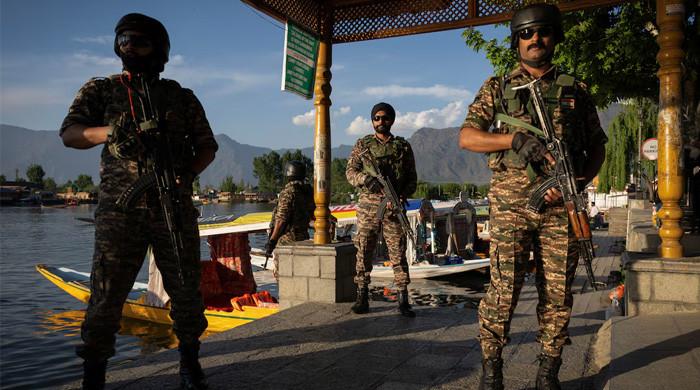Pakistan 11th largest arms importer in the world, claims research institute
Beijing, Moscow and Rome are the key suppliers of arms and military hardware to Islamabad, study shows
March 09, 2020
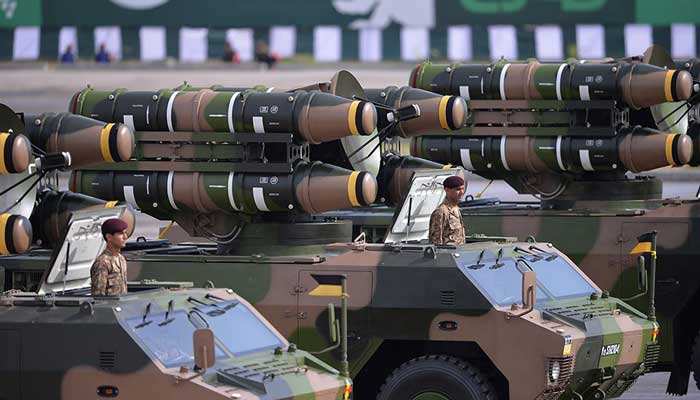
KARACHI: Pakistan was on Monday ranked the eleventh largest arms importer in the world in a report published by the Stockholm International Peace Research Institute (SIPRI). According to the report, arch-rival India was ranked second on the list.
Figures released by SIPRI alongside the report showed that China, Russia and Italy were the main suppliers of arms to Pakistan. Import numbers further highlighted that the actual share of Pakistani imports in total global weapons imports had decreased.
According to the Stockholm-based institute, China accounted for 73% of the total arms imports of Pakistan over 2015-2019, with Russia (6.6%) and Italy (6.1%) second and third on the list.
The report noted that Pakistan's share in global arms imports had decreased by 39% in the period. The overall decrease in Pakistan's arms imports over the latest five-year period was linked to the US decision to stop military aid to Pakistan.
Also read: Pakistan has second-most polluted air in the world based on population density in cities
The institute noted that Pakistan was among the top three buyers of arms from top weapons exporters like Italy and Turkey. Pakistan had a 7.5% share in arms imports from Italy between 2015-2019, and 12% share in Turkish arms over the same period.
SIPRI also identified a significant drop in arms sales to South Asia by the United States, which was listed as the largest arms exporter in the world between 2015-2019. The institute noted that US arms imports to Pakistan declined by 92%, and to India by 51% over this period. The US, which had accounted for 30% of Pakistan’s arms imports in 2010–14, was responsible for only 4.1% in 2015–19.
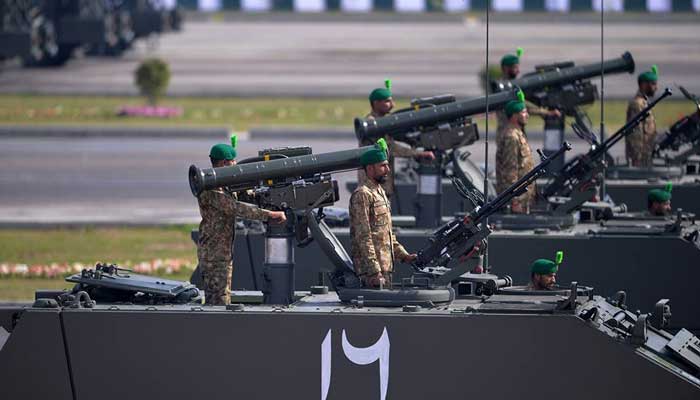
Also read: Pakistan slips three spots on Corruption Perceptions Index
Meanwhile, Islamabad was identified as the largest buyer of Chinese arms between 2015-2019, accounting for 35% of the arms exported by Beijing — the fifth largest exporter of weapons in the world in the five-year period.
According to SIPRI, China accounted for 51% of Pakistan's arms imports in 2010–14 and for 73% in 2015–19. SIPRI also noted that Pakistan continued to import arms from Europe, strengthening relations with Turkey with orders for 30 combat helicopters and four frigates in 2018.
Pakistan, India used imported weaponry in February 2019 conflict
The peace research firm also published a short analysis on the February 2019 military confrontation between Islamabad and New Delhi. According to SIPRI, Pakistan reportedly used combat aircraft imported from China and equipped with Russian engines, in the fight.
These aircraft were supported by aircraft from the US, and airborne early warning and control aircraft from Sweden. India reportedly used combat aircraft imported from France and Russia, guided bombs from Israel, and artillery from Sweden with Russian engines in the fight.
Also read: Heat waves in Pakistan, India could render urban areas unlivable: report
"Between 2010–14 and 2015–19, arms imports by India and Pakistan decreased by 32% and 39%, respectively. While both countries have long-standing aims to produce their own major arms, they remain largely dependent on imports," the institute highlighted.
"As in previous years, in 2019 India and Pakistan—which are nuclear-armed states—attacked each other using an array of imported major arms," Siemon Wezeman, senior researcher at SIPRI, said. "Many of the world’s largest arms exporters have supplied these two states for decades, often exporting arms to both sides," he added.
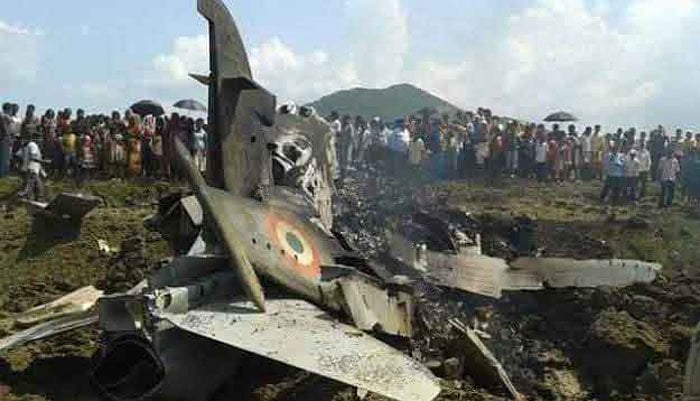
Also read: Imran Khan, India and courts: The news makers in Pakistan in 2019
US, Russia, France largest arms exporters globally
According to SIPRI, the largest exporters of arms during the past five years were the United States, Russia, France, Germany and China. New data showed that the flow of arms to the Middle East increased, with Saudi Arabia the world’s largest importer between 2015-19.
Between 2010–14 and 2015–19, exports of major arms from the US grew by 23 per cent, raising its share of total global arms exports to 36 per cent. In 2015–19, total US arms exports were 76% higher than those of the second-largest arms exporter in the world, Russia. Major arms transferred from the US went to a total of 96 countries.
"Half of US arms exports in the past five years went to the Middle East, and half of those went to Saudi Arabia,’ said Pieter Wezeman, Senior Researcher at SIPRI. "At the same time, demand for the US advanced military aircraft increased, particularly in Europe," he added.
Also read: Equipment for Pakistan seized by India is for industrial, not military use: China
French arms exports reached their highest level for any five-year period since 1990 and accounted for 7.9% of total global arms exports in 2015–19. "The French have benefited from the demand for arms in Egypt, Qatar and India," Diego Lopes Da Silva, a SIPRI researcher, said.
However, the institute claimed that major arms exports by Russia decreased by 18% between 2010–14 and 2015–19. The main reason, an expert said, was that Russia had lost traction in India— the main long-term recipient of Russian major arms.
International arms exports grow by 5.5% in 2015-2019
Over the five years from 2015 to 2019, international arms exports grew by 5.5% from the 2010-2014 period, the report highlighted. "Overall, arms transfers have increased... Amongst the arms importing countries, the demand is high and seems to even have increased a bit," Wezeman told AFP.
Shipments from the US grew by 23%, raising its share of total global arms exports to 36%. Between 2015 and 2019, the US delivered major arms to 96 countries. Half of US arms exports went to the Middle East, and half of those to Saudi Arabia.
The kingdom's arms imports jumped by 130% from the 2010-2014 period, and it was on the receiving end of 12% of global major arms transfers in 2015 to 2019. The fact that so much heavy weaponry is exported to the Middle East is particularly "of concern", Wezeman said.
With additional input from AFP






